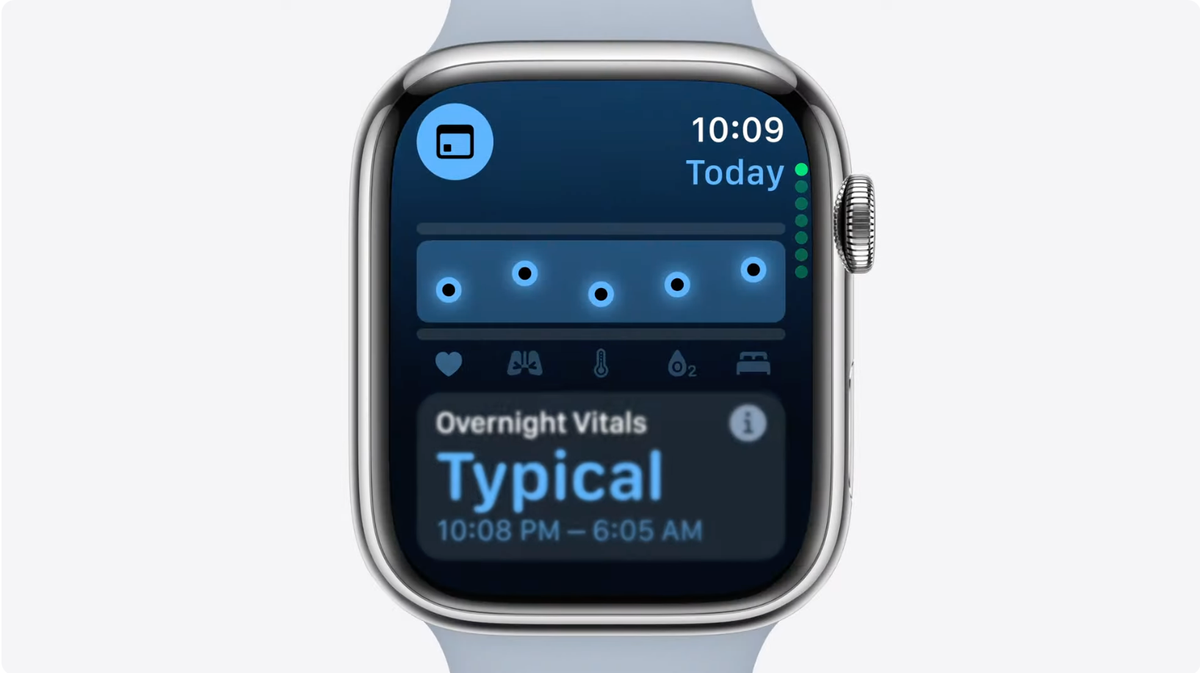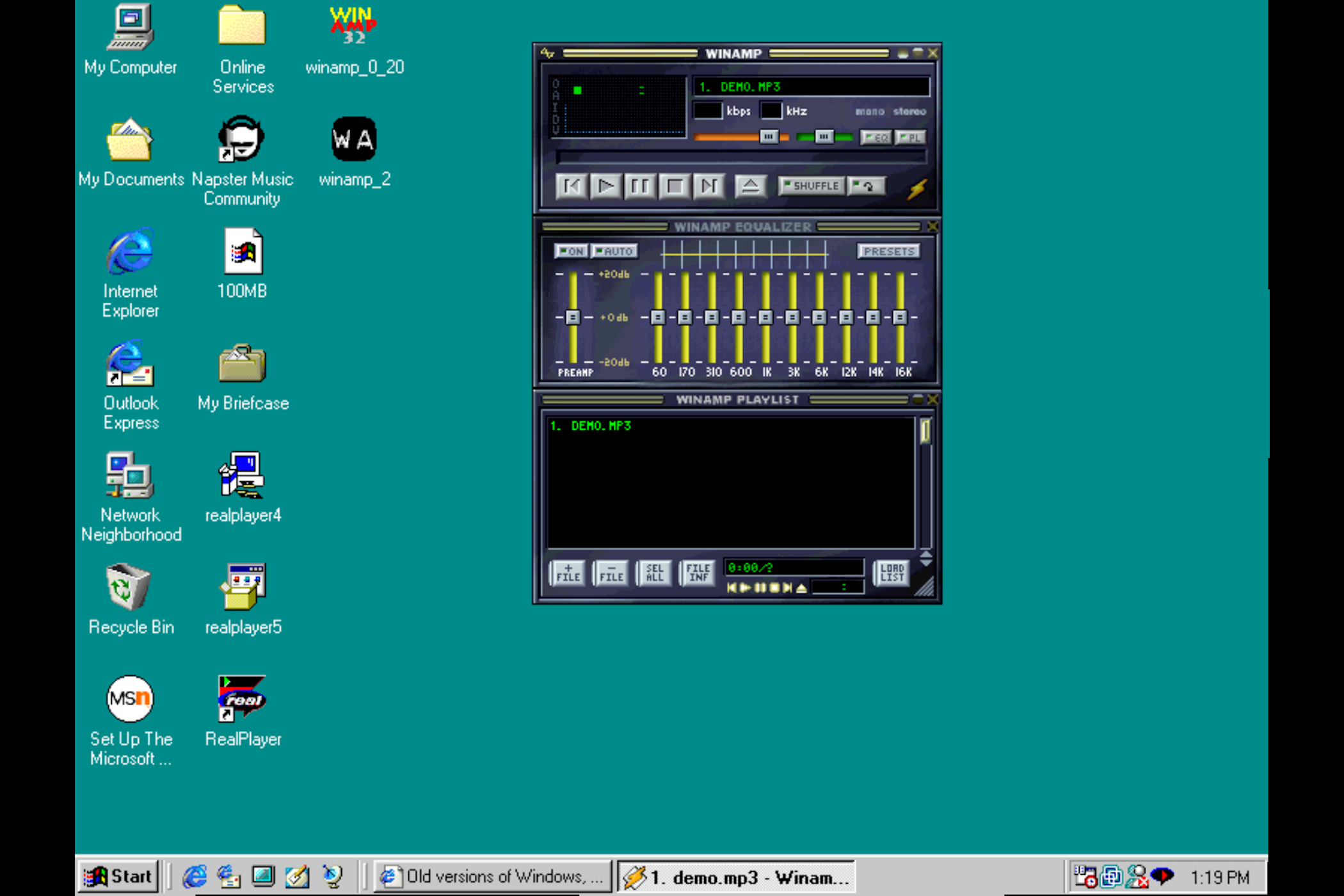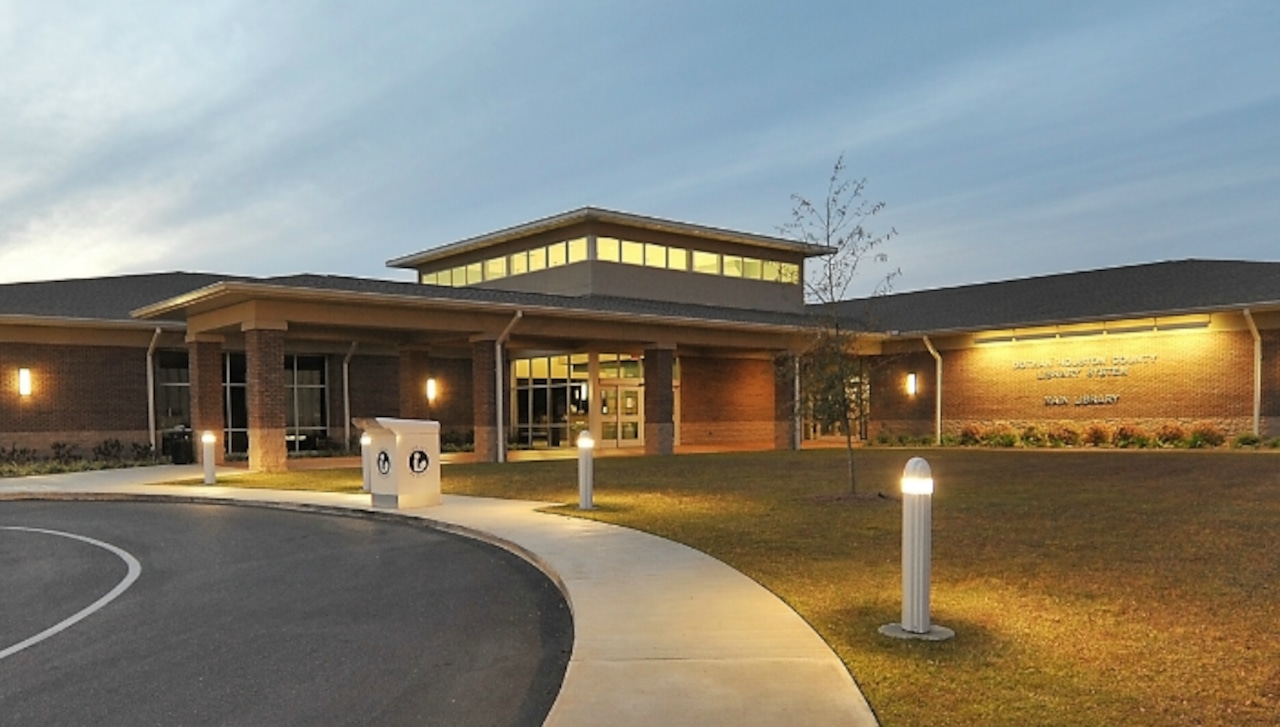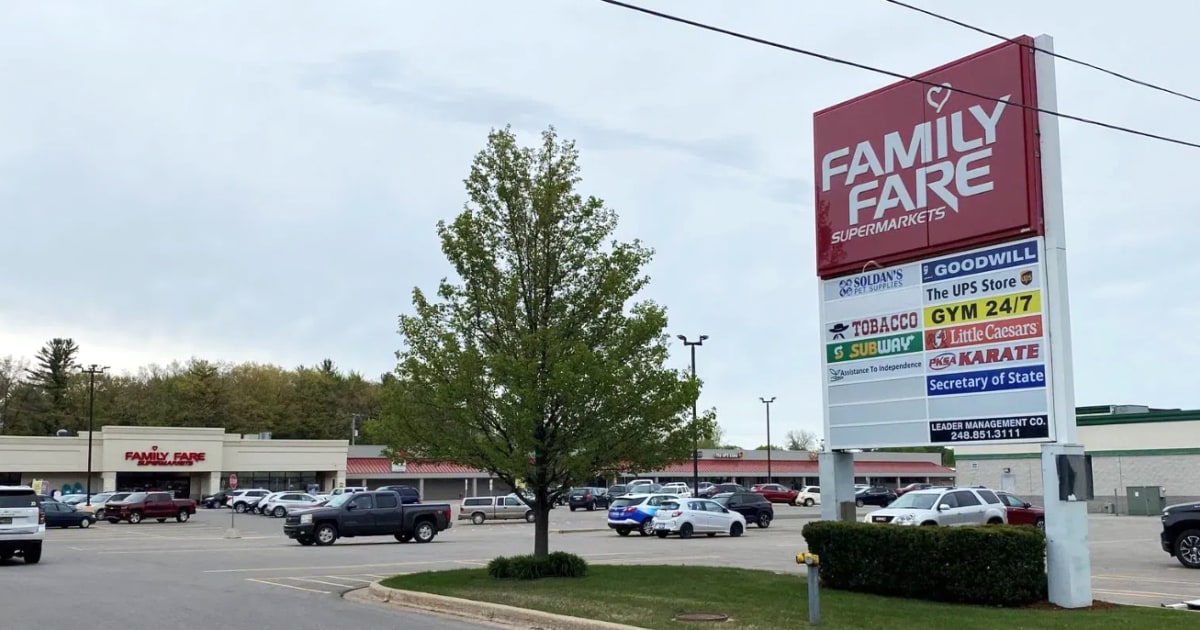- 22 Posts
- 233 Comments

 1·10 days ago
1·10 days agoWell, Altria also has a stake in NJOY and I think at one point had a stake in BLU. All of which I’ve found at pretty much every gas station I’ve been to in the US. The only reason I’m picking on Altria is that I’m both a customer as well as a stock holder and am somewhat familiar with them as a result.
Most of the brands I’ve seen in vape shops however seem to be out of Shenzhen, China and I haven’t been able to find out much about them.

 1·10 days ago
1·10 days agoI really wish that were entirely the case. The distances I quoted came from safety trainings I’ve had to take over the years. Given my personal experiences during that time, I think they were from before ABS was mandated. And I had a lot of ABS failures when I was OTR and few close calls as a result of those failures. That’s one of the reasons I chose to switch to running a yard truck 5 years ago. Far less stress.
When ABS failed on dry pavement and I needed to stop in a hurry, the affected tandem would tend to lock up and bounce along the ground. Nerve racking and scary when there’s traffic in front of you, but not near as bad as on wet or icy roads. The sheer terror of feeling one of my axles start sliding under me.
If I had one word of advice for drivers new to the industry, it would be to drive as if none of the safety systems on the truck and trailer exist because in my experience they will fail exactly when you need them.
But when they do work they are f-ing magical.

 12·11 days ago
12·11 days agoWell, saw that coming.
But I think everyone here’s belief that it was intended for kids to go and buy tobacco products are wrong. All of the major tobacco companies have their hands in the vape market as well. Juul for example is owned by Altria which owns the Marlboro brand. They’re called vice stocks for a reason.
I think that this is just a case where well meaning (I hope) busybodies refused to take basic psychology into account.

 8·11 days ago
8·11 days ago- https://www.bts.gov/content/average-age-automobiles-and-trucks-operation-united-states
- https://www.bendix.com/en/products/vehicle-dynamics/
Some probably do, tech has advanced quite a bit since I started driving in 2008, but the newer tech tends not to be installed widely when it first comes out due to how unreliable tech becomes under the working conditions that are normal in the trucking industry. Fleet owners want their equipment on the road making money, not in the shop costing money, so they tend to wait till a tech proves itself to be reliable. Plus upgrades costs money, so they tend not to happen till a unit is replaced with a newer model, which can take a while.
Most large companies in the US have an experimental fleet where they try out new tech first, before they roll it out to the rest of their fleets. They are looking for cost effectiveness, reliability and driver response. The smaller owner operators, which make up the bulk of the trucking industry, tend to follow (slowly) after them. And as old as the trucks are, the trailers are often even older. While most trailers in my company’s fleet are less than 3 years old right now, the oldest trailer (now mostly used for hauling pallets back to Chep) was built in 1992 according to it’s data plate. If it’s ABS system is newer then 2008, when it was last active in the fleet I’m a monkey’s uncle, and I’d pay long odds it’s still the original system from 92.

 3·12 days ago
3·12 days ago@tal has already given a really good answer. To add to it, this thread might help you some: https://lemmy.sdf.org/comment/11963996 I was asked what I thought was “better” than a raspberry pi. Came back with an eBay search and a trio of suggestions in the price range of a Pi 4. TLDR is whatever you have currently will probably work fine but if you need to buy hardware, there are plenty of low cost options. And of course, Pi’s also work fine for anything they are capable of, which is most things.
When I started self hosting, Raspberry Pi’s were the cheapest option available. I learned fairly quickly that the SD card was the weakest part of them but not long after the Pi3 came out we were able to boot off of USB drives which solved that issue. I think I had 8 SSDs hanging off of one pi before I finally decided to plop down the money for a tower. I then added a pair of 6 port SATA cards and added even more storage to that system. Eventually I was hosting so many things that I was running out of RAM, So I bought a second used tower, this one with a much newer processor and a lot more RAM. Now I run both with the old system running as a NAS and the new system hosting my other services. I wouldn’t stress about hardware too much. Hardware can grow with you, to a point.
Mini PCs are too small to house internal drives
Most mini PCs I’ve heard of (and quite a few thin clients) use m.2 drives for internal storage. Not difficult to upgrade. I’ve also heard of a few that had ports and internal space for 2.5 inch SSDs.

 70·12 days ago
70·12 days agoMost of a tractor-trailer’s stopping power is split between the trailer brakes and the tractor’s drive tandems. If there is not enough weight on those axles, the tires can’t grip the pavement properly. If I apply too much power to the brakes the wheels can start bouncing or just lock up and start skidding if the ABS system is acting up.
Most tractor-trailers you see on the road in the US are designed to weigh 60,000 to 80,000 lbs (~ 27,000 - 36,000 kg). For comparison, a Honda Civic weighs roughly 3,000 lbs (1360 kg). Every system on the truck is designed around moving that amount of mass safely. With an empty dry van trailer your looking at closer to 30,000 lbs (~ 13,000 kg). Makes a difference in performance. Ride is rougher, takes longer to stop.

 1251·12 days ago
1251·12 days agoI’m a truck driver.
- You are far safer behind me than in front of me. It can take me over two US football fields (200 yards or roughly 180 meters) to come to a full stop and it takes more distance if my trailer is empty. The average car can stop in half that distance. Most cars turn into tin cans when hit by a rig at 25 mph.
- If you see a number of trucks all moving into the same lane, might consider getting in the same lane, behind us. Odds are pretty good we either saw something in the lane ahead or we heard about something over the CB.
- I can see you playing on your phone while driving. Cops in some states have been known to hitch rides with truck drivers in order to catch distracted drivers.
- Learn zipper merging!

 2·12 days ago
2·12 days agoI’ve still got a few vintage Napster MP3s from the 56k days.
Damn, I envy you. I lost all my digital music from those days to disk rot and a hard drive failure. Wish someone told me back then that CD-R was not a good backup medium. Or that I had checked on the disks before I needed them. Live and learn.

 2·12 days ago
2·12 days agoI use Jellyfin to stream both video as well as audio. Media is stored on my NAS via a samba share.
Much like yourself, I’m more frequently streaming music. The default apps aren’t great for music (and horrid for audio books) but there are music specific apps for most iOS, Android, and most PC OSs. Can’t remember what app I use on Linux (don’t use it much) but I use FinAmp on iOS a lot.
Navidrome is probably a better self hosted music service , but I didn’t see the point when Jellyfin plus FinAmp and met my streaming audio needs.
As for where I got my music collection, I’m an old fart whose music collection predates digital music. Early stuff was ripped from whatever format it was on to digital a while ago. Nowadays I tend to buy CDs and rip them to flac or buy digital from Band Camp or Amazon.
I haven’t seen the need since iTunes and Amazon Music came around, but if you wanted to go sailing you can find popular releases and discographies of popular artists on public torrent sites easily enough. There are also several programs available that can take a Spotify playlist and automatically download the music from YouTube.
While you didn’t ask about audio books, it might help someone else. While I can access my audiobook collection from Jellyfin, it is so bad at audiobooks that that I don’t bother. For audiobooks I use a service called AudioBookshelf. Great for podcasts as well. The audiobooks themselves I generally buy from Audible and then use Libation to strip the DRM.

 1·12 days ago
1·12 days agoFirst OS was DOS (I think) on an Apple IIE at school. I think there were a few Commodore 64’s there as well. A couple years later we got our first home computer running Windows 95. Good times playing Doom, Jane’s Apache, an MS Flight Simulator.
My first personal computer was running Windows XP and I switched to Ubuntu sometime in 2004. Ran Ubuntu for the most part till a few months ago when I switched my desktop and laptop to NixOS.
Started self hosting services in 2012 and started with Ubuntu as base OS. Now though most of my servers are Proxmox with the VMs usually running Ubuntu LTS, though NixOS is starting to creep in there as well.

 11·13 days ago
11·13 days agoDepends where in the US you’re at. Here’s the requirements where I’m at.

 1·13 days ago
1·13 days agoI do both. I buy the media, usually a physical release, and then put it on my Jellyfin server to stream to my devices. Benefits of streaming, but with the piece of mind that my favorite music, movies or tv shows won’t go away.

 1·13 days ago
1·13 days agoI don’t know of ANY reason to go with spinning-platters, nowadays.
Price per terabyte is lower on HDDs. For bulk storage they are currently the best path. SSDs are catching up though, and there are cases where a SSD based NAS does make sense. But most folks at home don’t have the network capability to fully utilize their speed. Network becomes the bottleneck.
 41·15 days ago
41·15 days agoPiss poor polling accuracy over the last several elections has me questioning the premise of this article.

 2·15 days ago
2·15 days agoNot that I’m aware of.
The only time I heard anyone talking about it was on the podcast Self-Hosted . Supposedly it’s a NUC clone with performance similar to a then current (2023) mid range laptop and draws about the same amount of power. I think they said the N100 processor had Intel QuickSync for hardware transcoding.

 3·16 days ago
3·16 days agoSure, but “better” is massively subjective. For me, when I set up a pi, I’m not usually making use of the GPIO or the camera inputs. I’m generally throwing together a headless server. To do that, in addition to the board itself, I need storage, power, heat sinks, an fan and usually some sort of case.
Using the prices at CanaKit as a rough guide, you can come up with this search on Ebay.
The first entry I saw drew my attention. It’s a 7th gen i5 with 16GB RAM and a 120 GB SSD. Not sure the 500 GB HDD would survive shipping, but it’s $100 shipped. Biggest concern is that the seller only has 65 sales. Possible scam?
On the higher end of that bracket there is this. 6th gen and only 8GB RAM, but the seller does have a history.
With the prices on the Pi5 your potentially getting into the price range where it might make sense to look at the Beelinks mini PCs, based around a 12th gen Intel.
Like I said, prices right now are at a spot where I can’t just say throw a Raspberry Pi at the problem. They are great boards but for someone self-hosting their own services they don’t necessarily always make sense anymore.

 2·16 days ago
2·16 days agoGiven how old the system is, I’m not sure how long it would survive that type of duty. Power up and downs are a lot rougher on components than if they just stay running.

 2·16 days ago
2·16 days ago- https://www.intel.com/content/www/us/en/products/sku/27512/intel-pentium-d-processor-820-2m-cache-2-80-ghz-800-mhz-fsb/specifications.html
- https://browser.geekbench.com/processors/intel-pentium-d-820-915-920
- https://www.cpu-world.com/benchmarks/Intel/Pentium_D_820.html
- https://en.wikipedia.org/wiki/Pentium_D
- https://pcper.com/2005/06/intel-pentium-d-820-2-8-ghz-dual-core-review/16/
If you switch the HDD for a pair of SDD (one storage, one swap), it would be somewhat useable. Better to increase the amount of RAM if possible. If I remember correctly, 2-4 GB of RAM was not uncommon at this time period. Although NixOS or a really light Debian install might be able to stay within that amount of RAM. So yea, I think it’s feasible.
Good Idea? Perhaps not so much. That proc has a TDP of 95W. Haven’t found anything on it’s idle power draw, but I’d guess that that system would have a fairly heavy power draw. The slow speed of the processor and low amount of RAM would probably limit the amount of traffic you could put through it. Additionally, the age of the components would probably cause reliability issues.
Generally I like to tell folks to use what they have. Repurposing old hardware is better for the environment and usually the wallet, but this system would probably would not be my first, second or even third choice for any workload. I haven’t found a benchmark comparing the two, but I think a Pi3 would probably run dead even with this system at a far lower power draw. Although the Pi3’s ethernet does run on it’s USB bus (I think), along with it’s storage, so that would slow it down for this workload. If you wanted to run traffic faster, I would probably look into the used micro PC market at the $75-$150 USD price point. This system is old enough to vote. Something merely 10 years old would be considerably faster.




















I haven’t seen them but it might be a callback to early animation.
To keep costs down and speed up production, cartoons (pre digital animation) would often be animated at around 15 fps, sometimes going as slow as 10 or 12 fps. Each frame was then photographed 2 or 3 times to bring the frame rate up to 24 or 30 fps depending on the media. Robotech, Scooby-Doo, Mighty Max and the original Duck Tales come to mind as examples. Hanna Barbara cartoons were also known for being on the lower end of the spectrum.